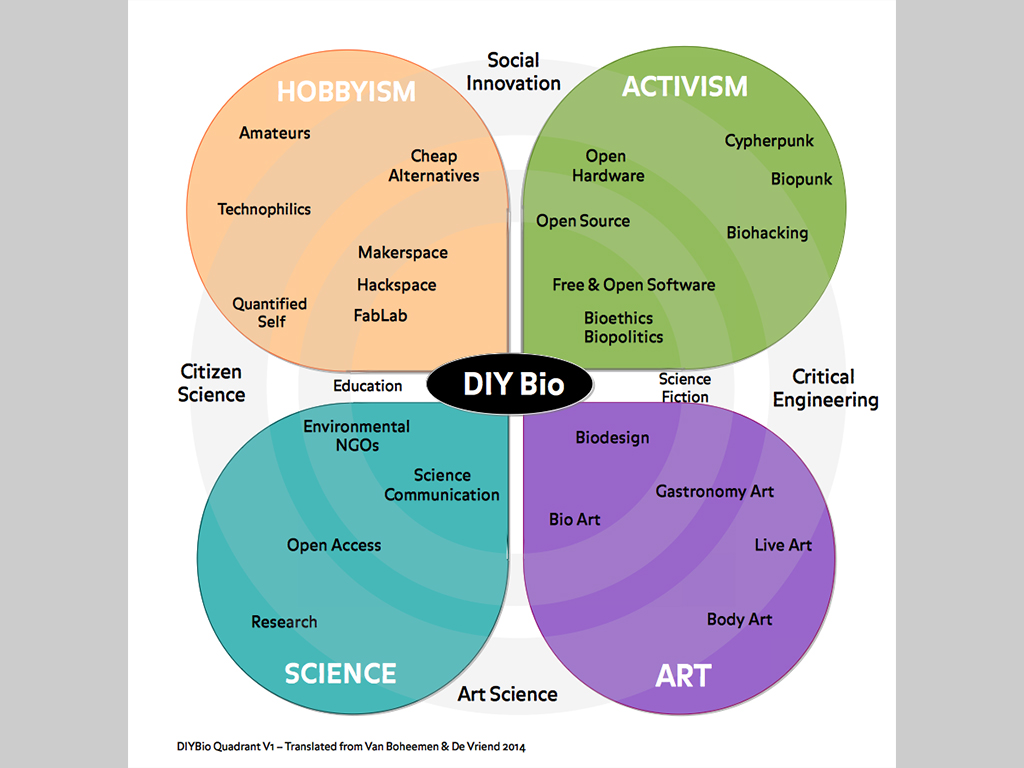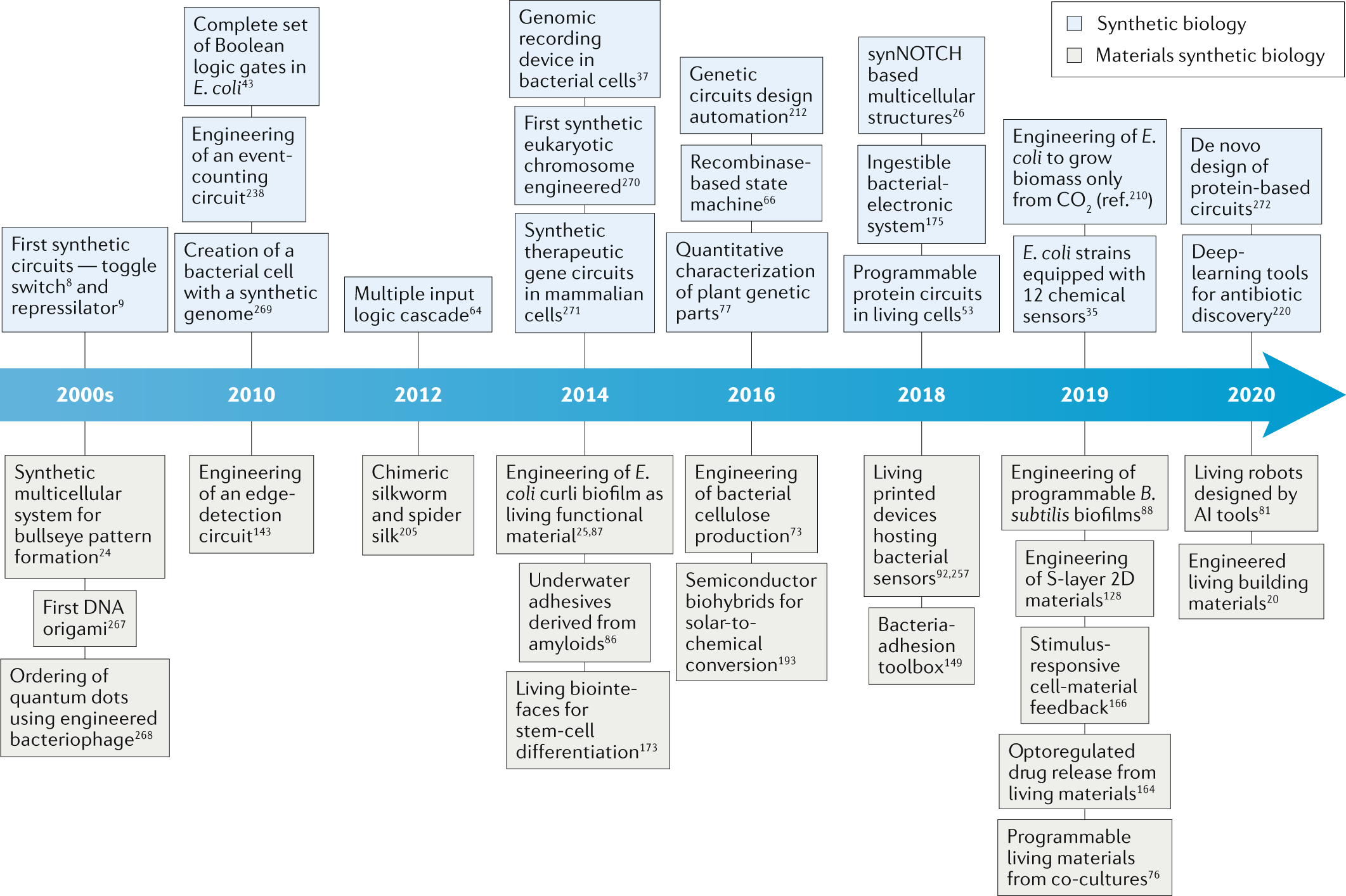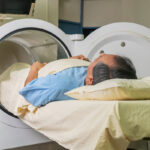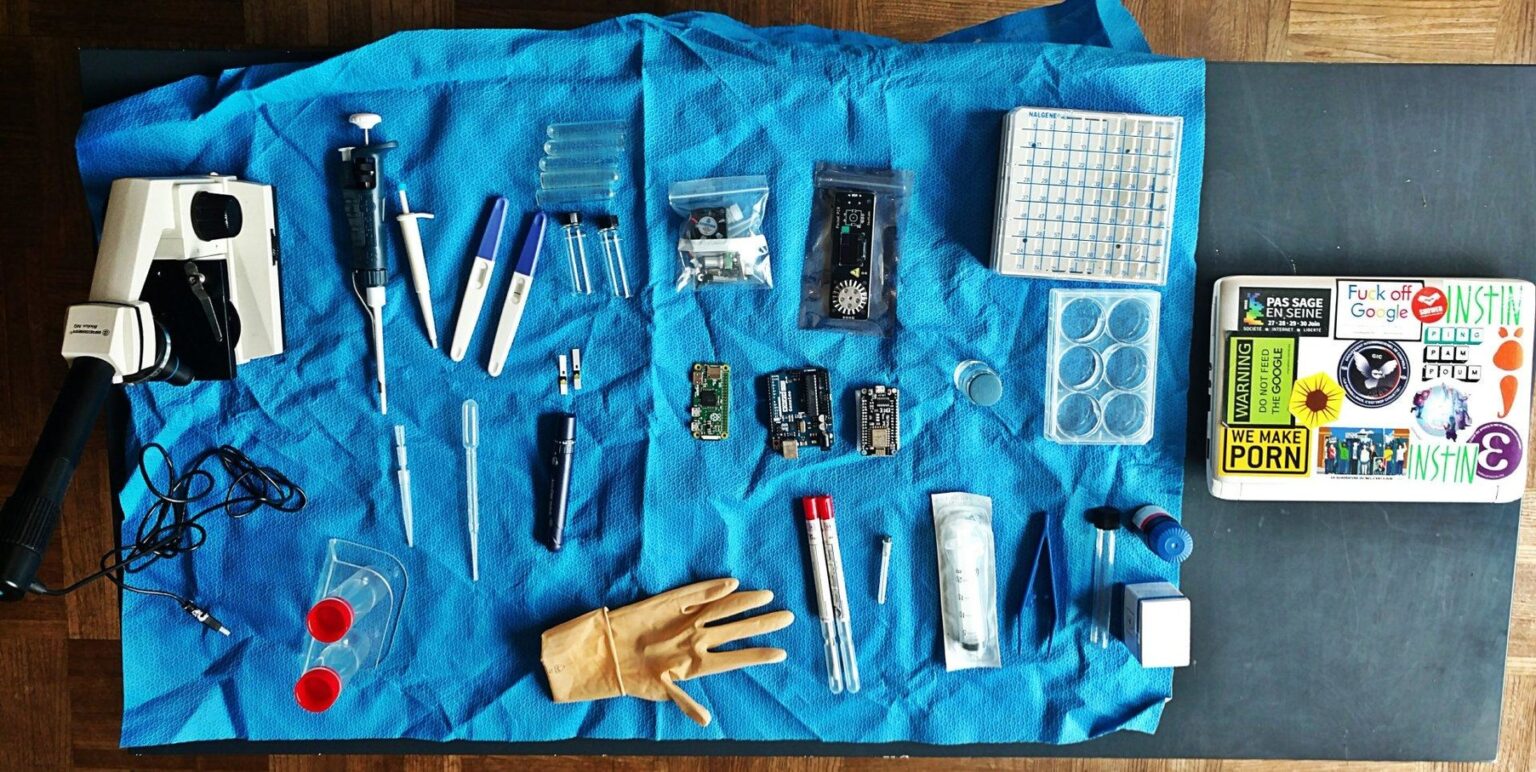Imagine a world where anyone with curiosity, passion, and access to basic lab equipment can experiment with genetics, modify bacteria, or even create bio-based solutions to everyday problems. This is the reality of Do-It-Yourself Biology (DIY Bio), a rapidly growing movement that brings science out of traditional labs and into community spaces, garages, and even kitchens.
Biology is the next big thing. The hacker ethos applied to biotechnology will lead to innovations we can’t yet imagine.
Drew Endy, Synthetic Biologist and Professor at Stanford University
DIY biology is part of a broader biohacking culture, where citizen scientists, hobbyists, and independent researchers explore biotechnology to innovate, educate, and improve human life. But how did this movement start? What are its key principles? And what are the ethical concerns surrounding its growth? Let’s dive in.
What is DIY Biology?
DIY biology is an open, collaborative approach to scientific research, where individuals and community labs engage in biological experiments outside academic and corporate institutions. Enthusiasts of this movement, often called biohackers, work on diverse projects, ranging from genetic modifications and synthetic biology to food production and bioengineering.

Unlike conventional biology, which requires advanced degrees and expensive facilities, DIY biology thrives on affordability, accessibility, and community-driven learning. The internet, open-source tools, and shared knowledge have made it possible for anyone with an interest in biology to experiment and contribute to scientific advancements.
A Brief History of DIY Biology
The concept of DIY biology took off in the early 2000s when technological advancements made biotechnology more affordable and accessible. The movement gained momentum when tech entrepreneurs and scientists began exploring ways to democratize biology, much like open-source software transformed computing.

- 2005: Rob Carlson, a pioneer in synthetic biology, famously declared, “The era of garage biology is upon us. Want to participate? Take a moment to buy yourself a lab on eBay.” This statement captured the growing accessibility of lab equipment and the possibility of conducting biological experiments at home.
- 2008: DIYbio.org was founded by Jason Bobe and Mackenzie Cowell, creating an online community to connect biohackers worldwide.
- 2010: The first community biology lab, Genspace, opened in New York City, offering public access to biotech tools and workshops.
Today, the DIY bio movement continues to expand, with community labs emerging globally, providing space for biohackers to conduct research, collaborate, and innovate.
Popular DIY Biology Projects
DIY biology encompasses a wide range of projects, from personal health optimization to environmental sustainability. Here are some of the most common areas of interest:
1. Genetic Engineering and CRISPR Experiments
Biohackers use CRISPR-Cas9, a gene-editing tool, to modify bacteria, yeast, and even human cells. Some enthusiasts experiment with genetic modifications in plants to improve resistance to diseases or enhance nutritional value. Others attempt to self-experiment with gene therapy, though this remains controversial.
2. Open-Source Insulin Production
One of the most impactful DIY biology initiatives is the Open Insulin Project, where biohackers work on producing low-cost insulin for diabetic patients. With insulin prices skyrocketing, this project aims to make life-saving medication affordable through open-source biotech solutions.
The era of garage biology is upon us. Want to participate? Take a moment to buy yourself a lab on eBay.
Rob Carlson, Biohacker and Author of Biology is Technology
3. Biofabrication and Sustainable Materials
DIY biologists are also exploring bio-based materials, such as growing leather alternatives from fungi or creating biodegradable plastics using bacteria. These innovations could help address environmental challenges by reducing reliance on synthetic materials.
4. Microbiome and Gut Health Studies
Some biohackers experiment with probiotics, fecal microbiota transplants (FMT), and gut bacteria sequencing to better understand how the microbiome affects overall health. By analyzing their own microbiome data, they attempt to personalize diets and optimize digestion.
5. Bioluminescent Plants and Bacteria
DIY biologists are using synthetic biology to create plants that glow in the dark or bacteria that can be used as natural light sources. While these projects are primarily experimental, they could have future applications in sustainable lighting.
The Role of Community Biology Labs
One of the defining aspects of DIY biology is the emergence of community biology labs, also known as biohacker spaces. These labs provide affordable access to expensive equipment like PCR machines, centrifuges, and incubators.

Notable DIY Bio Labs
- Genspace (New York, USA): The first community biotech lab, offering workshops on genetic engineering and molecular biology.
- BioCurious (California, USA): A hub for biohackers interested in synthetic biology and open-source medicine.
- Counter Culture Labs (California, USA): Home to the Open Insulin Project and other biohacking initiatives.
- La Paillasse (Paris, France): One of Europe’s largest DIY bio labs, promoting citizen science and biotech innovation.
These spaces foster collaboration, education, and responsible experimentation, allowing individuals to work on biotech projects without the constraints of institutional bureaucracy.
Ethical and Safety Considerations
While DIY biology is an exciting and innovative field, it also raises significant ethical and safety concerns:
1. Biosafety and Containment
Many DIY bio projects involve genetically modified organisms (GMOs) or potentially hazardous bacteria. Without proper containment measures, there is a risk of accidental release or unintended ecological consequences.
2. Biohacking and Human Experimentation
Some biohackers push the limits of human biology by self-experimenting with gene therapy, nootropic drugs, and performance-enhancing biotech. While self-experimentation is a core principle of biohacking, it poses serious risks without medical supervision.
3. Dual-Use Research Concerns
DIY bio techniques, if misused, could be exploited for harmful purposes, such as bioterrorism. Governments and biohacking communities must work together to ensure that biotechnologies are used responsibly.
4. Regulatory Challenges
Currently, most countries lack clear laws on DIY biology. Some governments embrace the movement, while others express concerns over unregulated genetic experimentation. Organizations like the Federal Bureau of Investigation (FBI) in the U.S. have engaged with DIY bio communities to promote biosafety and responsible research.
The Future of DIY Biology
As technology advances, DIY biology will continue to evolve, unlocking new possibilities in personalized medicine, synthetic biology, and sustainable solutions. Some key trends shaping the future of biohacking include:
- AI in Biohacking: Artificial intelligence will help biohackers analyze genetic data, optimize experiments, and automate lab processes.
- 3D Printing for Biotech: Biohackers are exploring 3D printing technologies to create lab equipment and even print biological tissues.
- Decentralized Drug Development: Open-source pharma projects may disrupt the traditional drug industry, making essential medicines more affordable and accessible.
- Human Augmentation: The intersection of biology and technology could lead to advancements in brain-computer interfaces, cyborg enhancements, and personalized genetic modifications.
While some of these advancements may take decades to materialize, DIY biology is already transforming how we approach science and healthcare.
Final Thoughts: Should You Try DIY Biology?
DIY biology represents a fascinating frontier where citizen scientists, tech enthusiasts, and researchers collaborate to push the boundaries of biotechnology. If you’re interested in biohacking, community biology labs are a great place to start. They provide mentorship, hands-on experience, and ethical guidance to ensure safe and responsible experimentation.
However, it’s crucial to approach DIY bio with caution and responsibility. While biohacking has the potential to revolutionize medicine and sustainability, scientific integrity and safety should always come first.
As the movement grows, the DIY biology community must work alongside regulators, ethicists, and researchers to ensure that biohacking remains a force for innovation, education, and positive change. Whether you’re an aspiring biohacker or just curious about the future of science, DIY biology is shaping a new era of citizen-driven scientific discovery.
Recent Insights on Do-It-Yourself Biology: The Rise of Biohacking
DIY Biology (DIY Bio) is revolutionizing scientific exploration, allowing citizen scientists and biohackers to conduct experiments outside traditional institutions. Recent studies highlight breakthroughs in synthetic biology, genetic engineering, and bioethics, shaping the future of open-source biology. Here are the latest insights:
“The Growth of Community Biology Labs”
A 2024 report in Nature Biotechnology found that the number of community biology labs worldwide has doubled in the last five years. These labs provide affordable access to scientific equipment, enabling amateur researchers to experiment with genetic modification, microbiology, and biofabrication.
[Read the report here.]
“CRISPR Gene Editing in DIY Biology”
A 2023 study in Genome Research analyzed DIY bio experiments involving CRISPR technology. The study found that while most experiments focused on plant and bacterial modifications, 15% involved attempts at human gene editing, raising ethical and regulatory concerns.
[Explore the study here.]
“Open-Source Insulin and DIY Medicine”
A 2024 paper in The Lancet Digital Health examined the Open Insulin Project, a community-driven effort to produce affordable, open-source insulin. Researchers found that DIY biology could disrupt traditional pharmaceutical industries, but quality control remains a challenge.
[Discover the paper here.]
“Biofabrication and Sustainable Materials”
A 2023 study in Cell Reports Sustainability explored how DIY biohackers are developing biomaterials like fungal leather and bacterial-based plastics. These innovations could reduce reliance on petroleum-based products and transform the sustainable materials industry.
[Read the study here.]
“DIY Microbiome Engineering”
A 2024 meta-analysis in PNAS revealed that DIY biohackers are increasingly experimenting with microbiome modification. Some biohackers use fecal microbiota transplants (FMT) and probiotic engineering to optimize gut health, though risks remain due to the lack of medical oversight.
[Read the meta-analysis here.]
“Ethical Concerns in DIY Gene Therapy”
A 2024 WHO bioethics panel discussion highlighted risks associated with DIY gene therapy. Experts debated the accessibility of biohacking, safety regulations, and potential biosecurity threats. The panel stressed the need for global oversight.
[Watch the discussion here.]
“Synthetic Biology in DIY Bio”
A 2023 review in Synthetic Biology Journal explored how biohackers are designing custom DNA sequences to create genetically modified organisms. The review found that while most projects focus on scientific curiosity, some raise concerns about potential bioterrorism risks.
[Read the review here.]
“The Role of AI in DIY Biology”
A 2024 study in Nature Machine Intelligence found that biohackers are using AI to analyze genetic sequences, automate lab processes, and optimize bioengineering experiments. This integration of AI and DIY biology is accelerating discoveries.
[Read the study here.]
“The Future of DIY Biology”
In a 2024 TED Talk, Dr. George Church, a pioneer in synthetic biology, discussed how DIY bio will shape the future of medicine, sustainability, and genetic engineering. He emphasized the need for ethical frameworks to guide innovation.
[Watch the TED Talk here.]
As DIY biology continues to grow, it brings both exciting possibilities and ethical challenges. Balancing innovation with safety will be essential in shaping the future of citizen-driven scientific discovery.

























